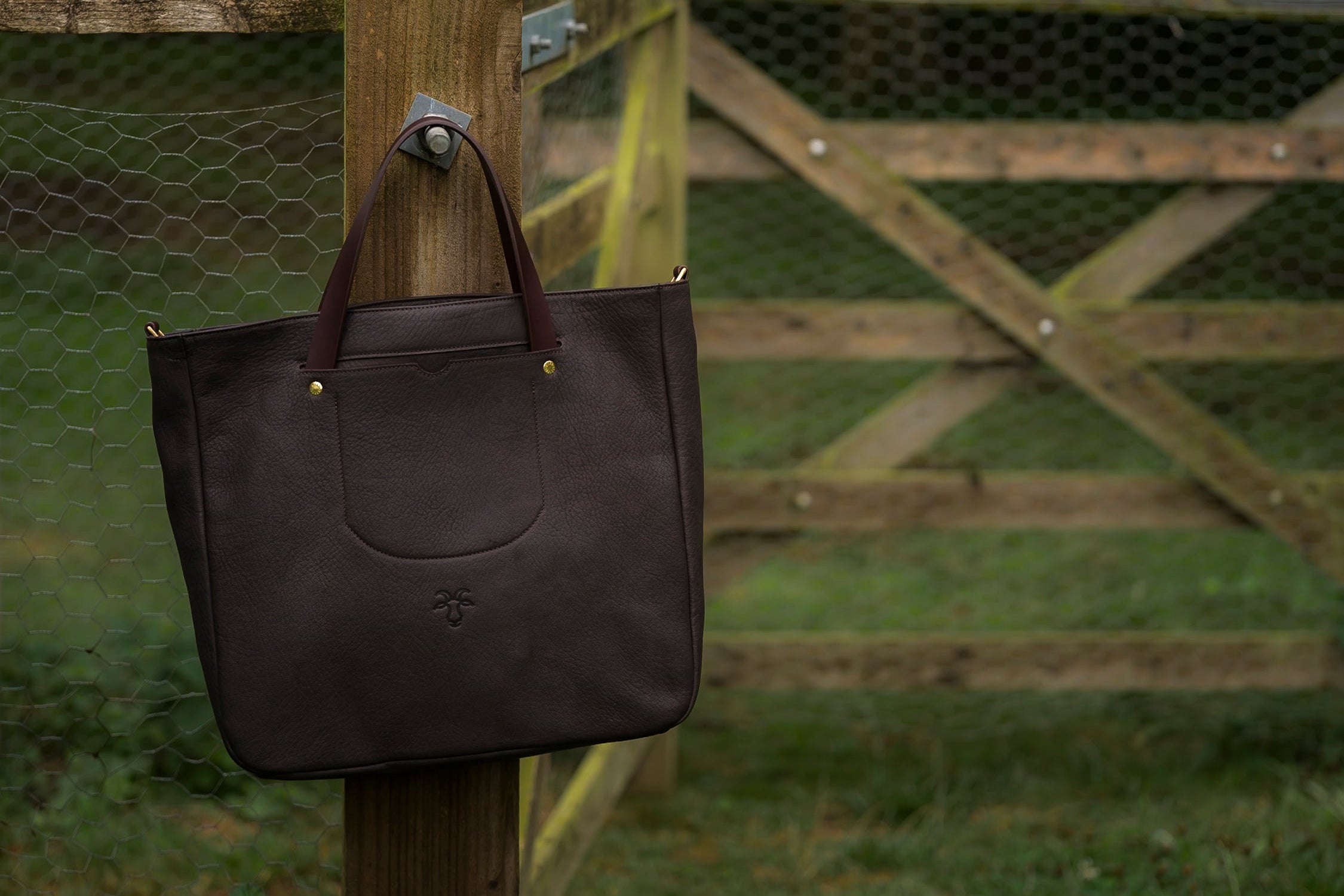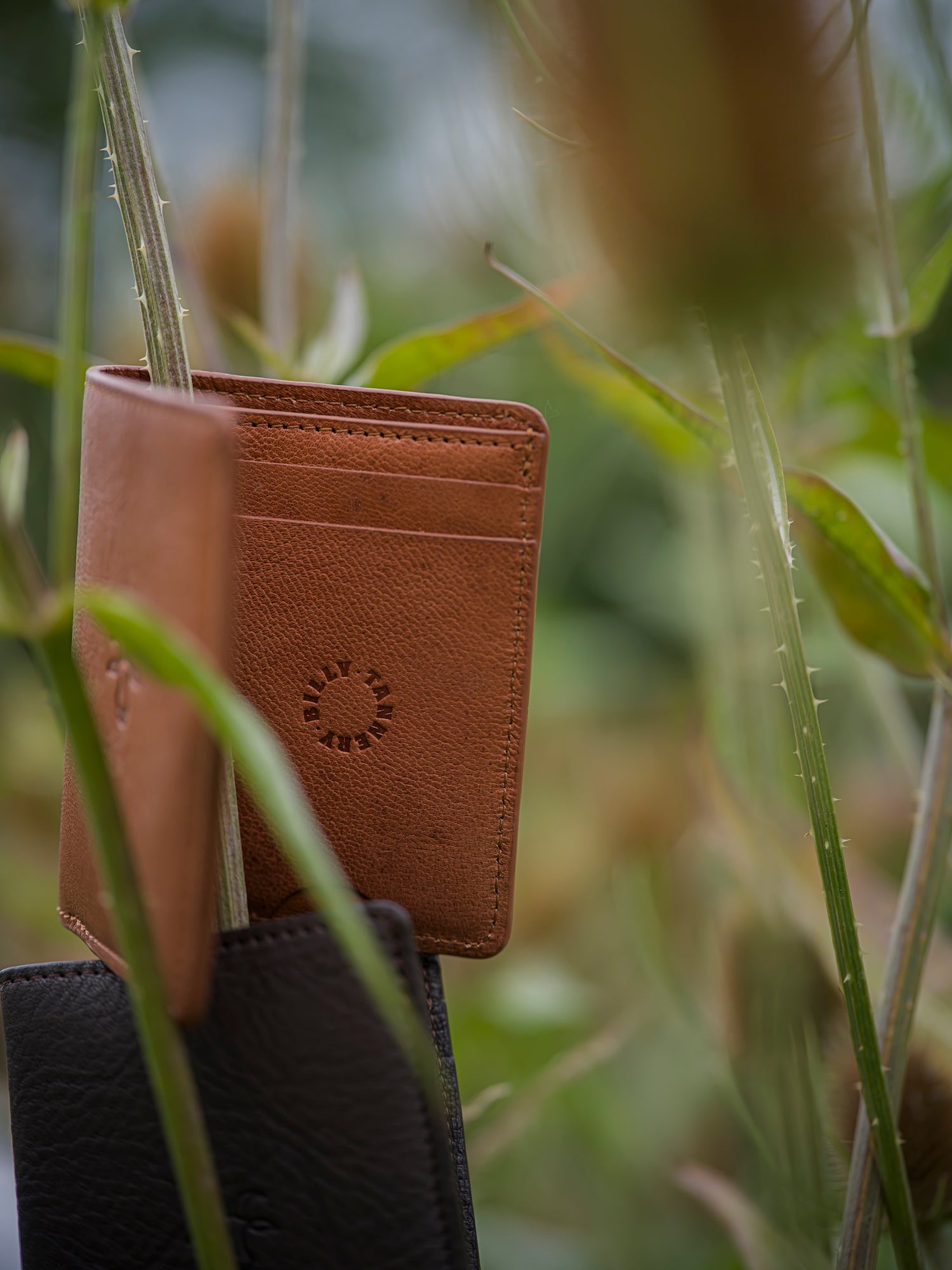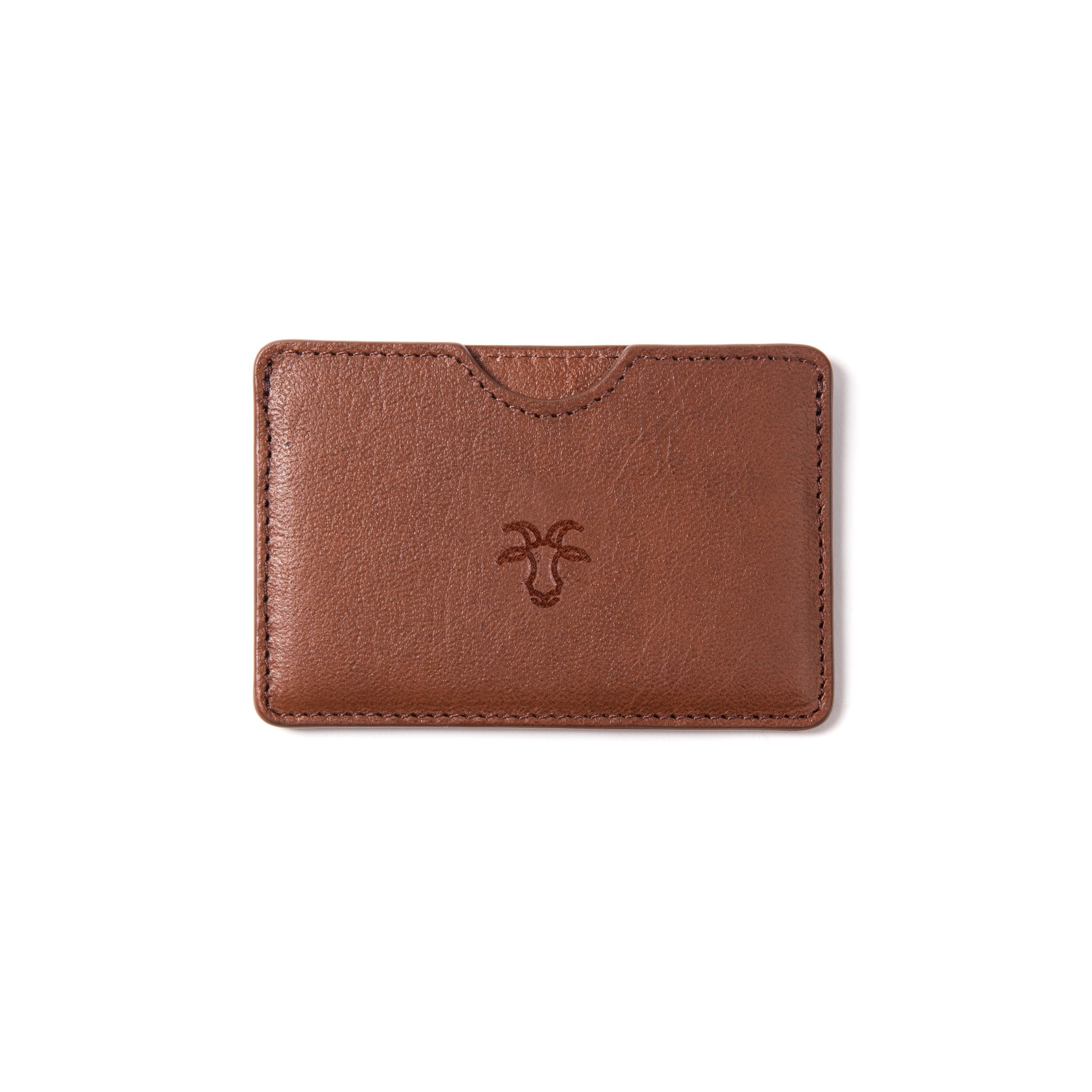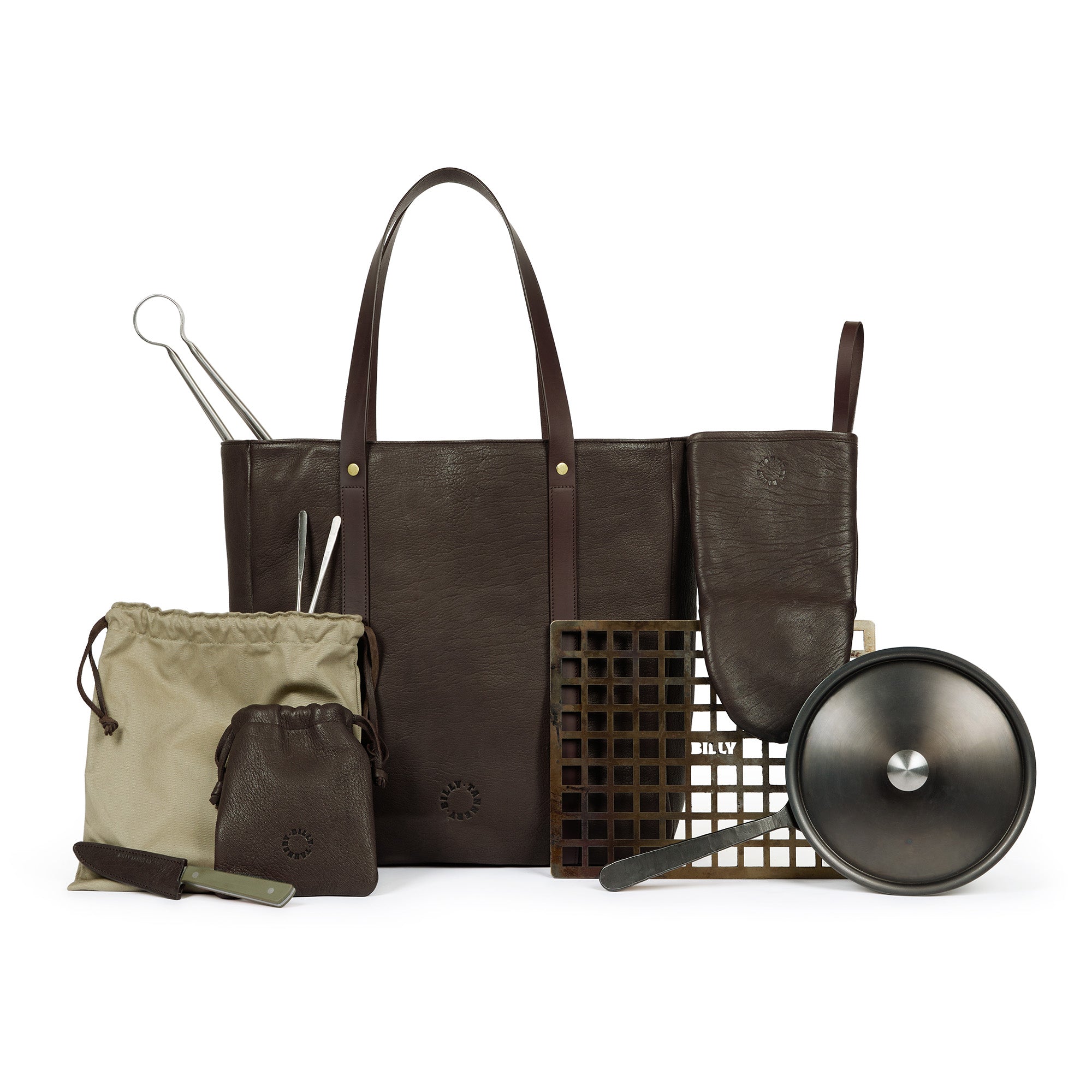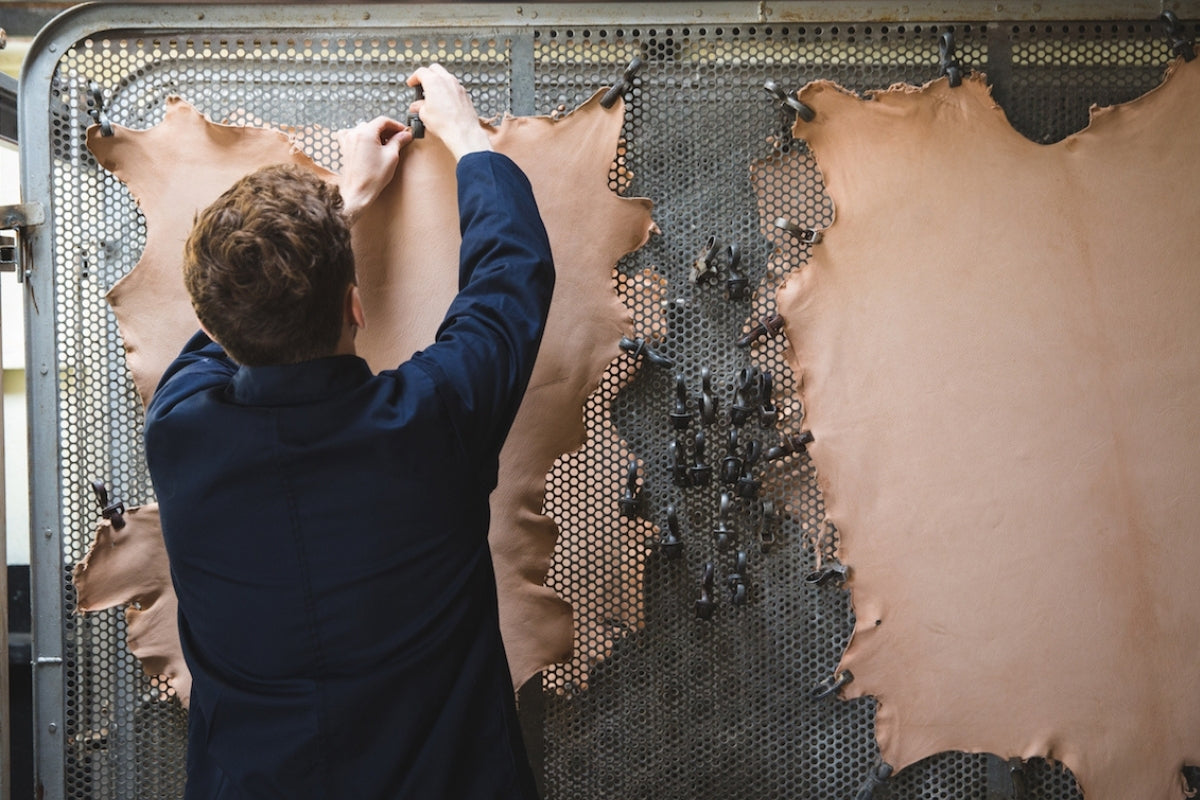
More than just a small tannery
Ours was the first new leather tannery to be built in the UK for nearly 100 years and the only one specialising in goat leather. Much like a microbrewery, a microtannery is more than simply a small tannery. Tanning in small batches allows us to focus on the details, on producing higher quality and more environmentally friendly leather.
Our two small wooden tanning drums were reclaimed from a tannery in Somerset that closed in 2013. They now sit proudly in their new home, an old farm building in the Midlands that has been fitted out with all the equipment needed to tan goat and deer leather on a small scale.
In 2025 we were honoured to receive the Environmental Sustainability Award from Heritage Crafts in recognition of our continued work in this area.
When we first started we knew nothing about leather production, so we needed a teacher, someone to pass on the centuries of local tanning knowledge. We turned to Paul Evans, formerly of the Institute for Creative Leather Technologies in Northampton and one of Britain's leading leather experts. Paul was instrumental in our plans from the start and worked with us to develop our sustainable tanning process.
While at its core vegetable tanning has remained unchanged for thousands of years, at Billy Tannery we experiment, innovate and evolve our methods going forward. We're very fortunate to have the support of Karl Flowers of Authenticae to continue to push the boundaries of sustainable leather innovation.
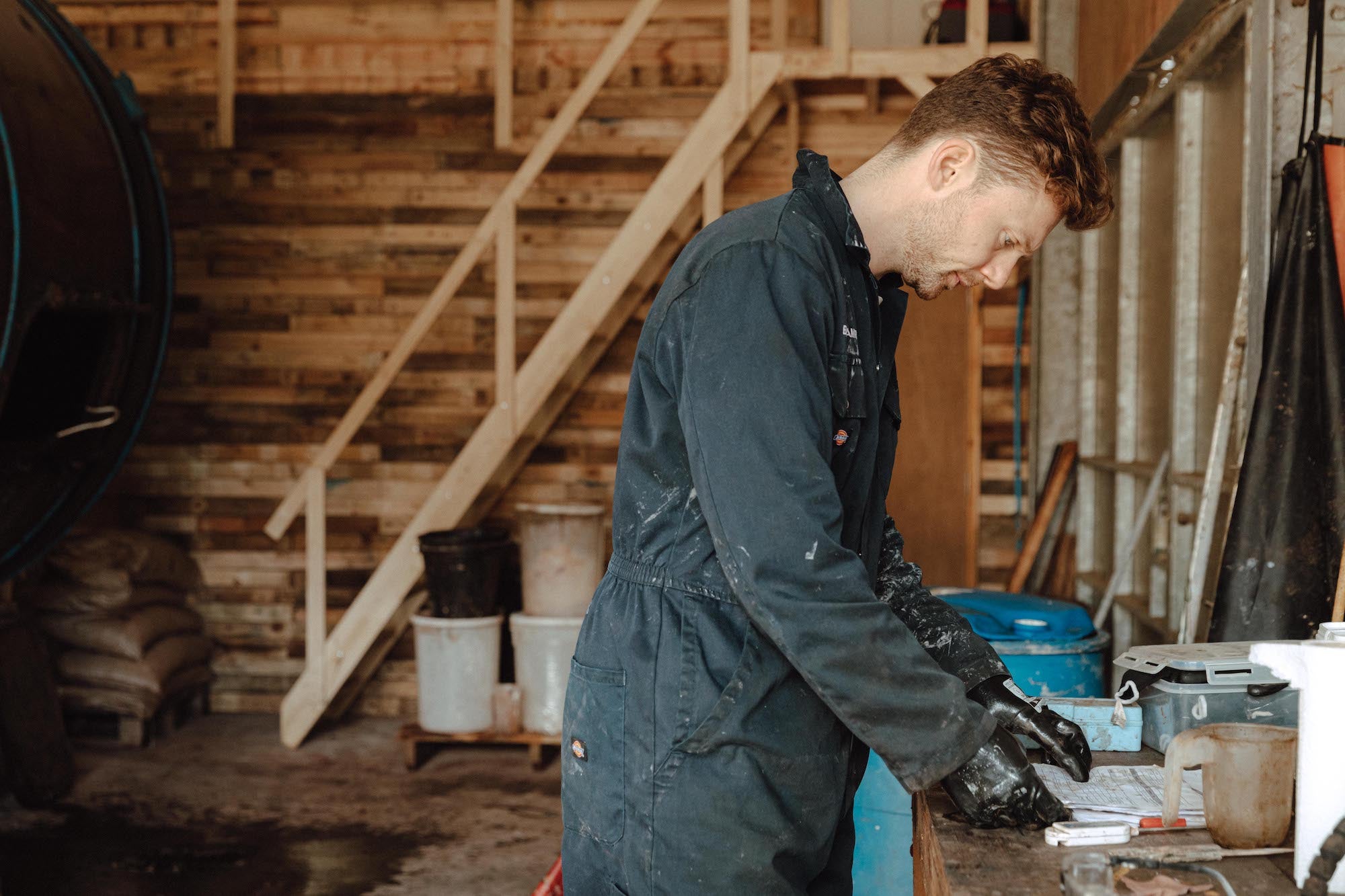
A circular veg-tan process designed to fit within the farm
Maybe with a Moroccan-style tannery in their minds, one of the first things people always ask us is about the smell, but the truth is that tanning can be a clean, environmentally friendly process. By combining traditional vegetable tanning with modern leather technology, we are able to create beautiful, functional leather that does not compromise on sustainability.
The main benefit of vegetable tanning is that it results in characterful leather that will age beautifully, developing a unique patina over the years, but using natural bark extracts also makes our wastewater easier to treat. We enlisted the help of Richard Daniels, another local leather expert and one of the world's leading authorities on the treatment of tannery effluent. Our on-site treatment process leaves us with minimal waste that can be composted or safely irrigated on the surrounding grassland.

Our goat & deer leather
Our goat and deer leather has an especially pronounced grain with a beautiful texture that differs subtly from skin to skin. While most industrially produced leather has its natural grain removed or replaced to ensure uniformity, we believe that natural inconsistencies should be celebrated. Each piece of our leather, and therefore each of our products, is unique.
We have built a close relationship with two local leather finishing companies, Blenkinsop Leathers and Waltham Tannery, who add the final touches to our leather before it is ready for use. Our leather is finished as little as possible and tailored it to enhance the character of each skin, rather than mask it. The main focus is on colour, but we also add a delicate finishing oil for protection and subtle gloss.

Leather sales
The majority of our leather is reserved for our own range of products, but we do occasionally have some available for sale. We unfortunately can't accomodate small orders from makers, but welcome larger trade enquiries.
